In the Name of the Hogmouth
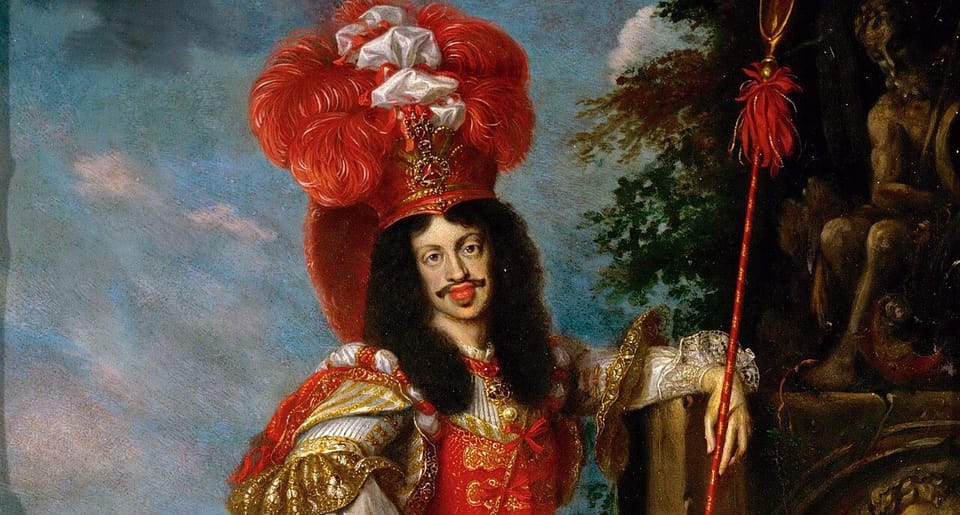
“Because his jaw was depicted unusually large on a 1670 silver coin, Leopold [I of the Holy Roman Empire] was nicknamed ‘the Hogmouth’” (Wikipedia). Leopold, a staunch conservative absolutist, must have despised this insult. Nearly 50 years of rule over a just-declining empire would surely have been impossible if the world saw you as a buffoon. Indeed, Leopold had a strong Habsburg jaw—to my eyes one of the strongest—and likely the strongest ever put to coin, as the Spanish under Charles II did not strike busts on their coins. But even still, Hogmouth is a striking name which could not have come from any old design from his reign; what coin could have caused such a disgrace?
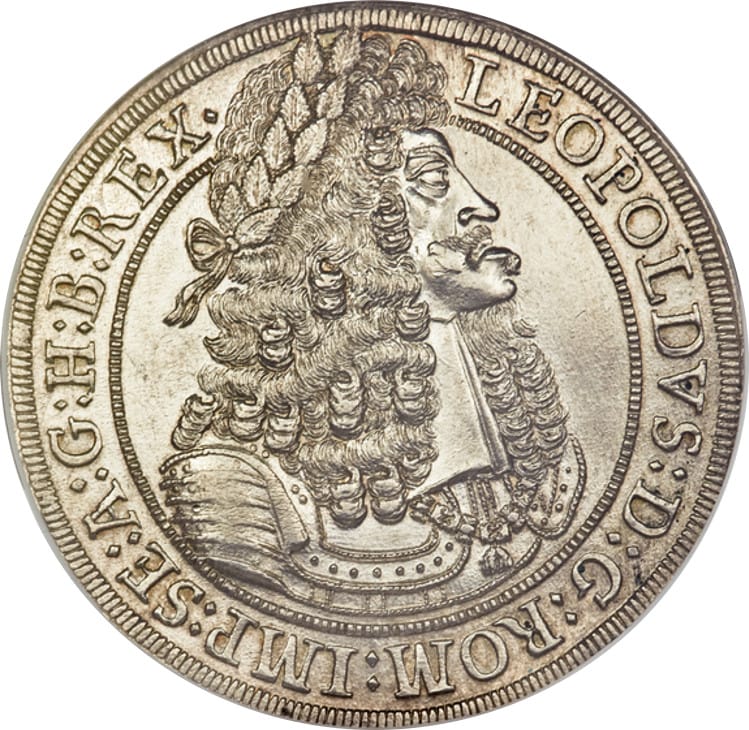
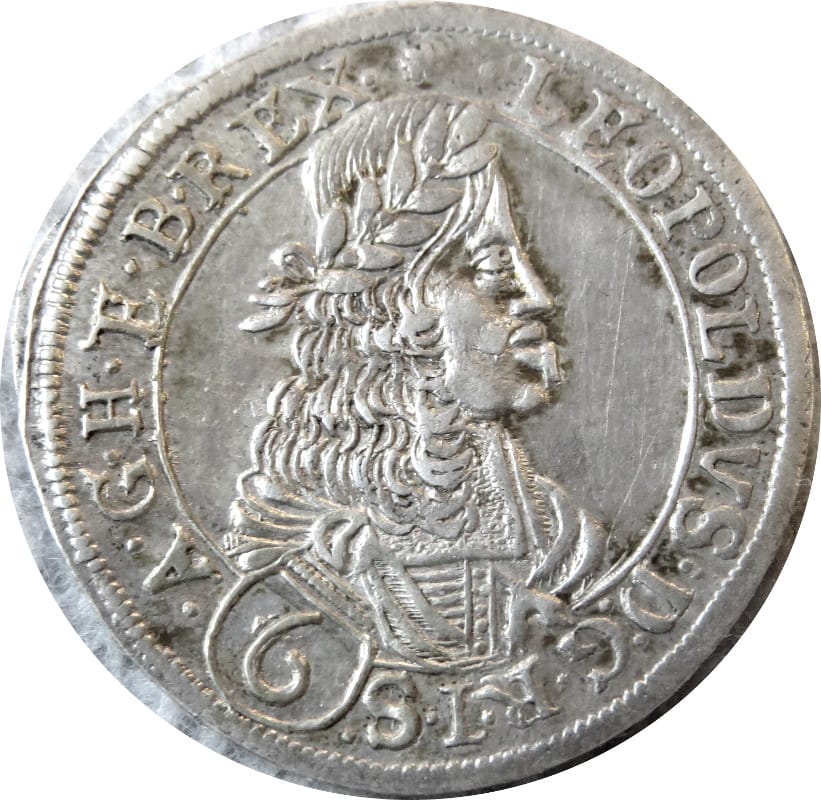
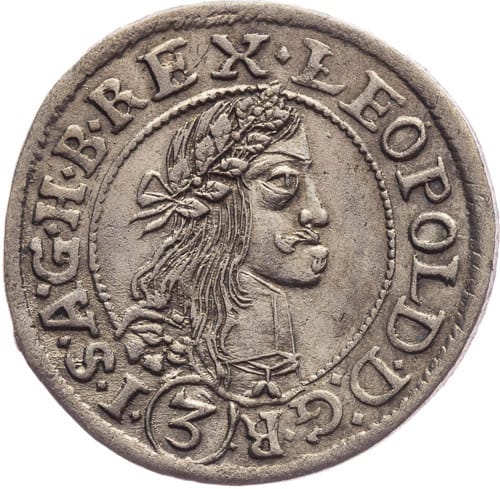
Thankfully, I had a year to work with—1670. Austrian and Hungarian coins were far from consistent at the time though, so a number of bust designs exist for each denomination of each year. Presumably, the design would have been discontinued shortly after 1670 in an attempt to squash the nickname. But more than that, I went with a strategy of “you’ll know it when you see it,” as I was convinced that such a name must come from a truly remarkable image. After some searching, I had encountered plenty of candidates, but nothing which grabbed my attention, so I set the question aside and moved on.
A couple of weeks later, while browsing the current auction catalogs, I was struck by an astounding image (numimarket).
I knew it when I saw it; this absolutely must be it. There was just one problem: It was a 1669. Maybe Wikipedia was off by a year? Maybe the nickname only caught on during the second year of the design? Who knows. It fit both of my other parameters: (1) an absurd mouth and chin and (2) never struck again after 1670 (that I could find). Pleased, I concluded my question and moved on.
Leopold was not so certain. He haunted my dreams for the next week, casting doubts and suspicions. Why was it a 1669? Had I really found the right coin? I needed to know more. Searching for the origin of the name did no good, only bringing up coin sale listings and copy-pastes of my opening quote. Perhaps the original German name could get around this, I thought, so I went to the German version of Leopold’s Wikipedia page (Wikipedia). However, the claim simply wasn’t there. The Hogmouth, practically inseparable from Leopold I on the English internet, was nowhere to be found. I returned to the English version of the page and navigated to the source for the Hogmouth line—Die Kaiser der Neuzeit, 1519-1918—a book briefly outlining the history of each German ruler. Even with some grace given for the inaccuracies of Google Translate, it held nothing even resembling the claim. From where did it really come? I looked through the Wikipedia revision history and found that the Hogmouth line was originally added in 2007 without the source (Wikipedia revision). So somebody must have mistakenly (or deliberately) added an incorrect source later to justify a claim which had already infected the internet. I found that revision too, all the way in 2020 (Wikipedia revision). Was the Hogmouth even real?
All of my leads had crumbled to dust. Anything I searched just led to more and more coin listings which reveled in being the source of Leopold’s disgraceful nickname. Well, almost all of them reveled: The catalog for the Kroisos Collection, auctioned by Stack’s in 2008, made a claim of its own: “[A 19th-century] American dealer anxious to boost the sale of Austrian coins invented the disrespectful nickname of ‘Leopold the Hogmouth’ for this ruler. It seems scarcely necessary to state that this term would not have been used in the Emperor’s lifetime.” Well I’m glad they did state it for the fools out there wasting their time researching it. This claim too is unsourced, though. I reached out to Stack’s, but they unsurprisingly didn’t have more information about an auction catalog from 17 years ago.
The road seems to end here unfortunately. Stack’s has a strong reputation going back nearly 100 years, and their claim makes intuitive sense to me, so I trust it, but I can’t prove it. Leopold was named Hogmouth by a sleazy coin dealer trying to drum up attention. Naturally, such a scheme only works if one omits the posthumous nature of the nickname. I suspect that not a few coin purchases over the years have been at least partly motivated by this lie. Thankfully, I did all this research before buying one anyways ;)
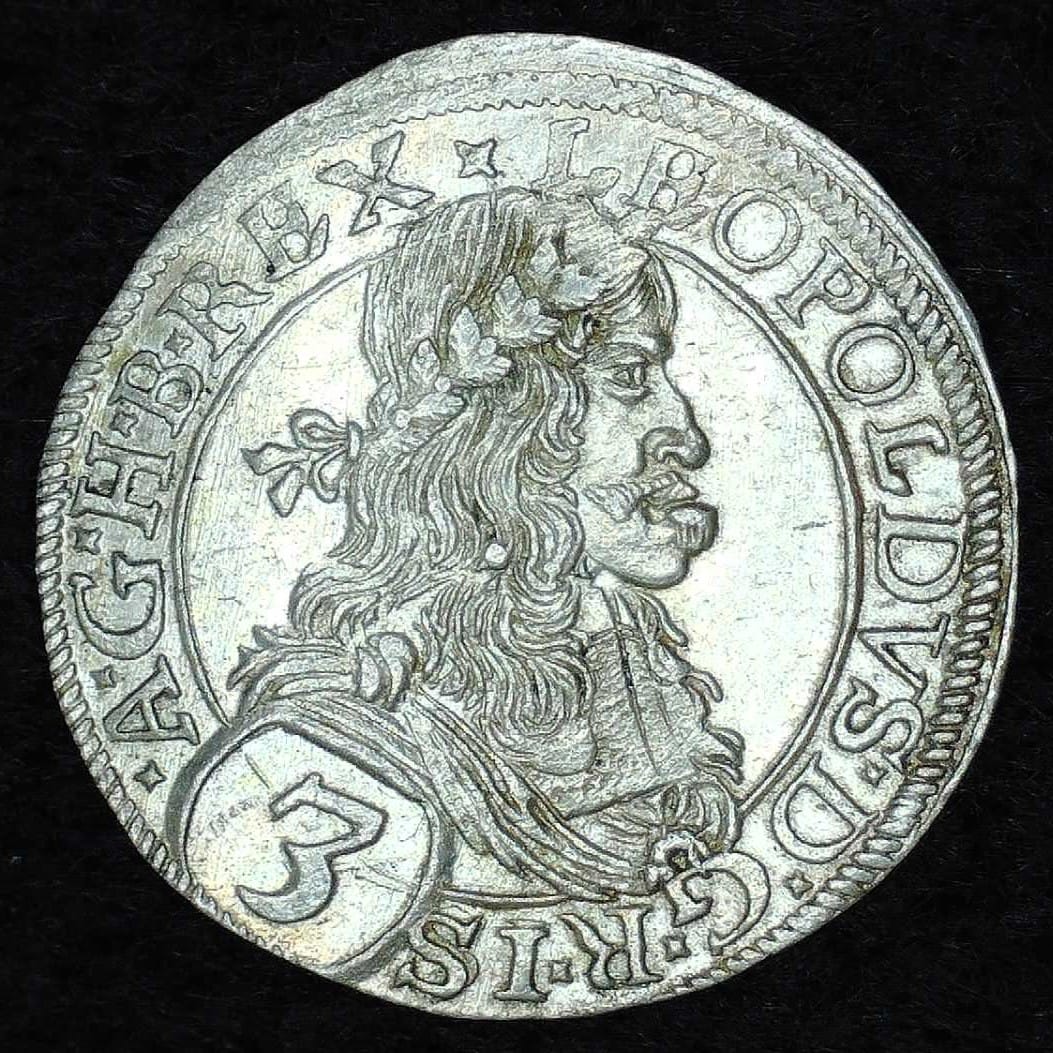
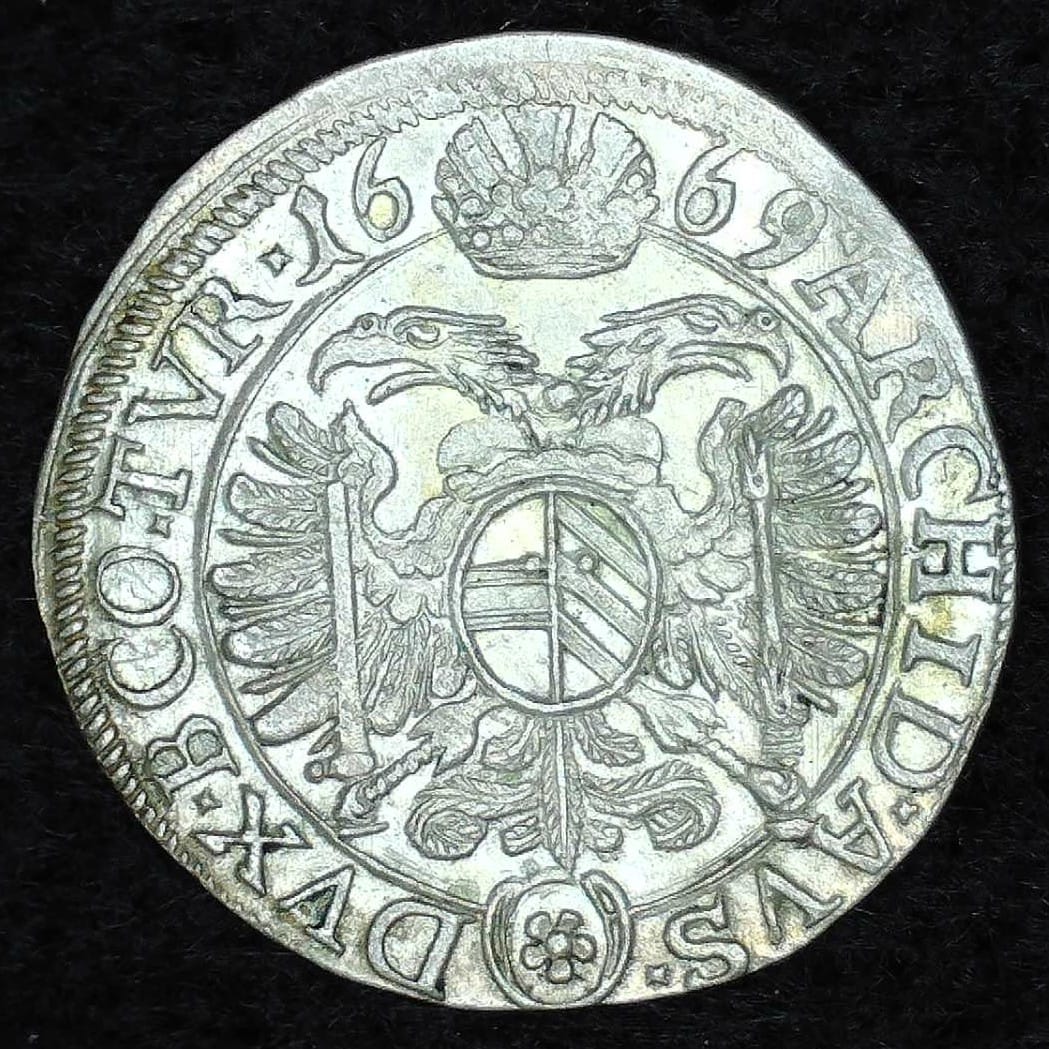
Leopold Ignaz Joseph Balthasar Franz Felician of House Habsburg really doesn’t need any more names. Let’s clear him of the Hogmouth; after all, he’s kind of handsome once you spend some time with him ♥️